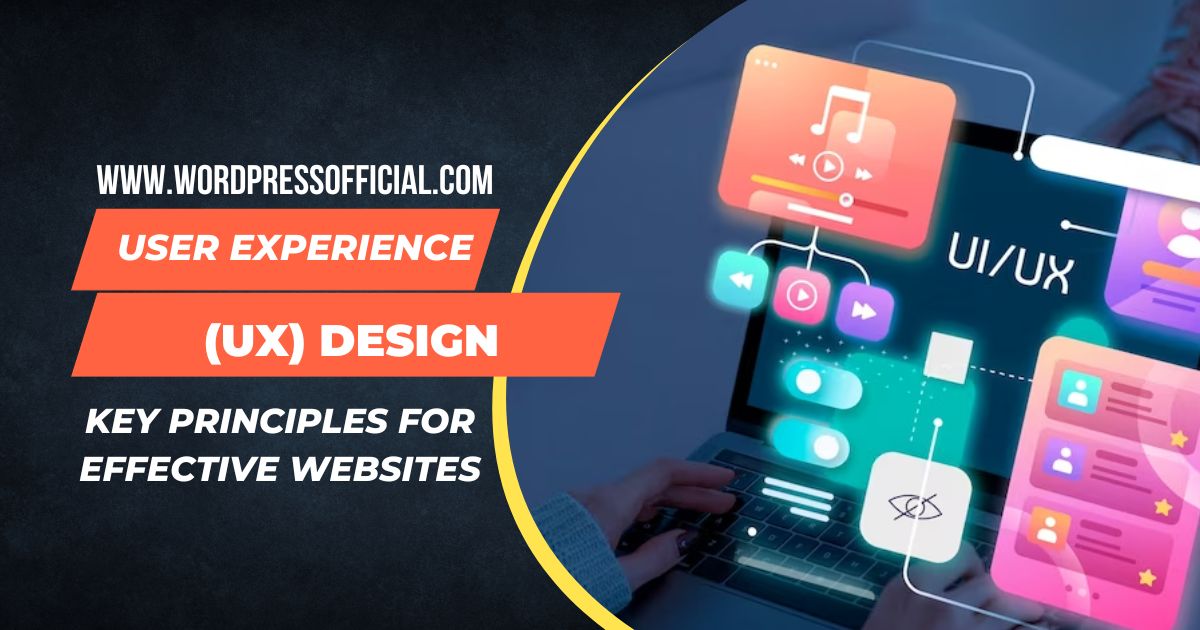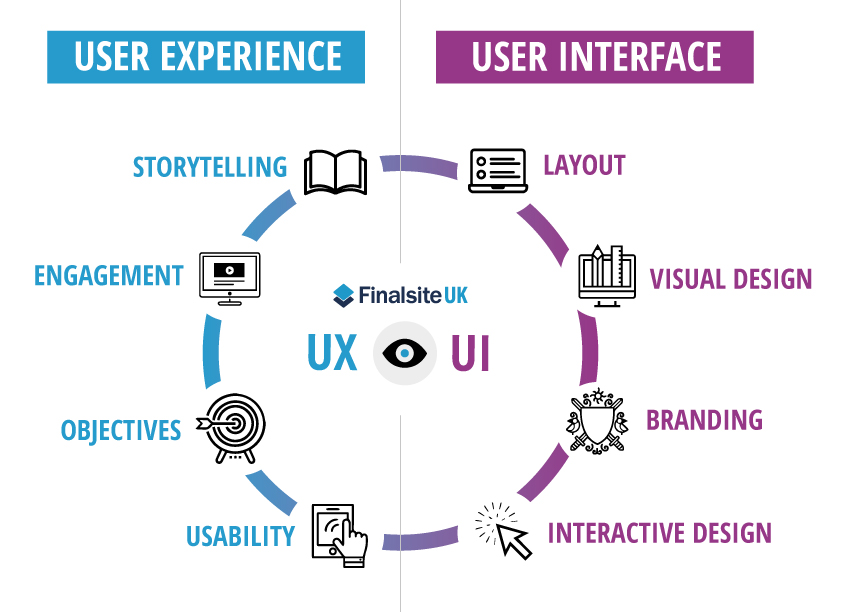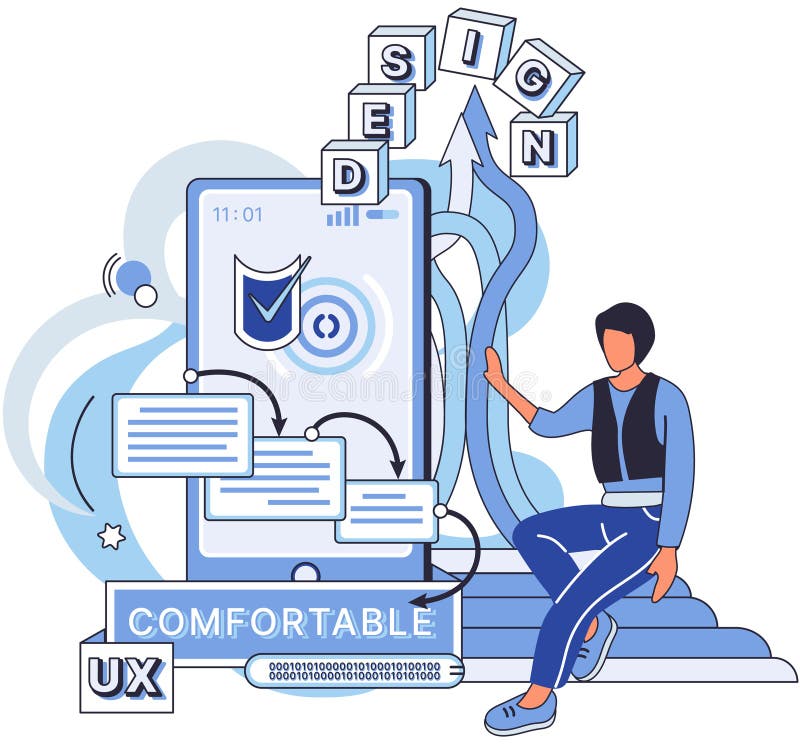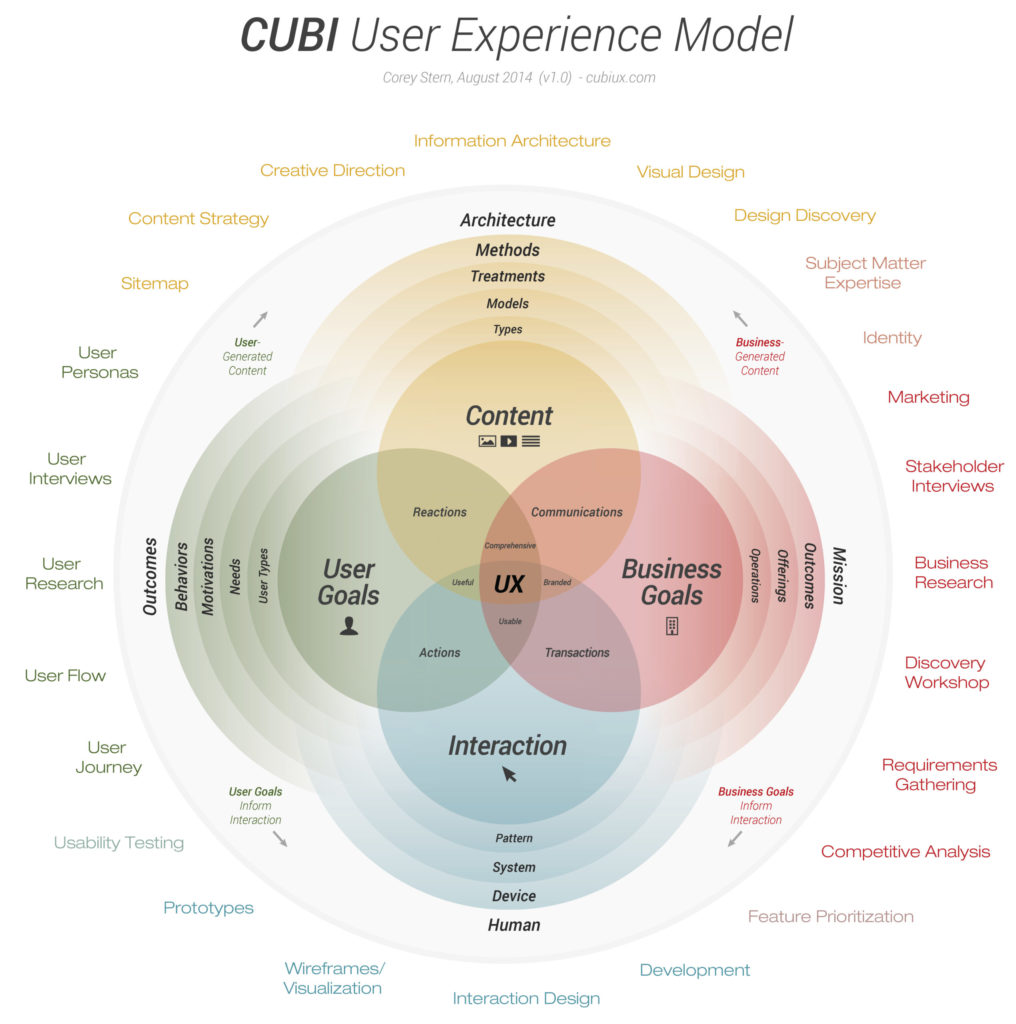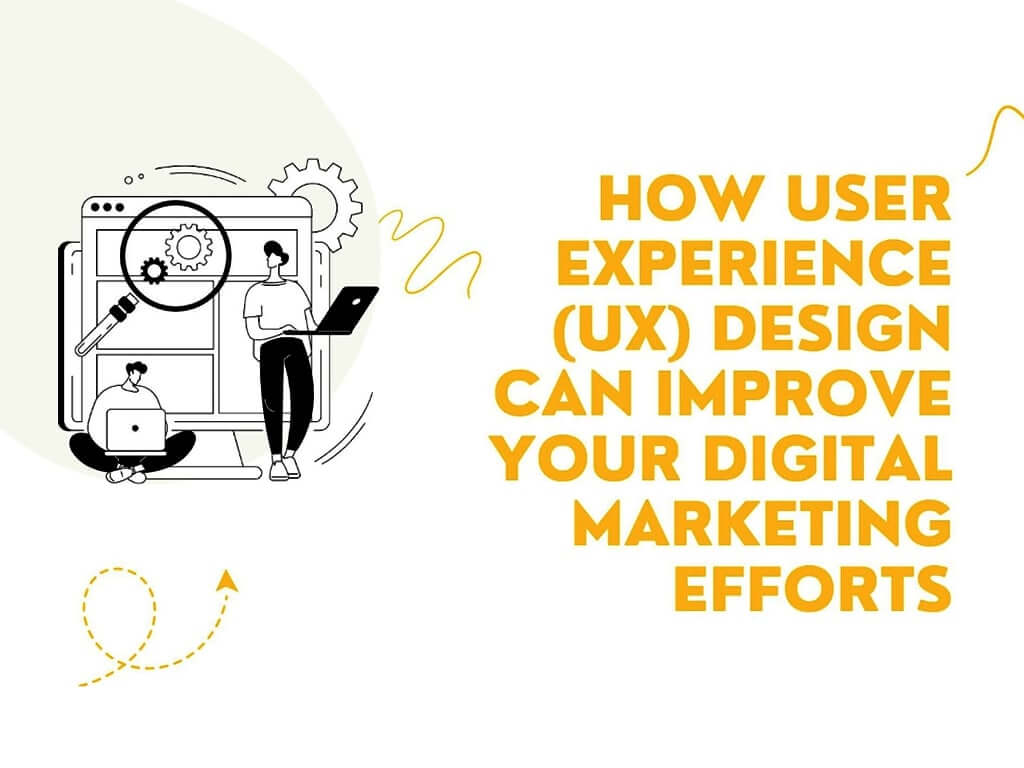Understanding Your Users: The Foundation of Effective UX Design
Effective user experience (UX) design for growth relies heavily on understanding user behavior, needs, and motivations. By gaining a deep understanding of the target audience, designers can create a user-centered design approach that meets users’ expectations and exceeds their needs. This, in turn, can lead to increased customer satisfaction, loyalty, and conversion rates.
User research is a critical component of UX design, as it provides valuable insights into user behavior and motivations. By conducting user interviews, surveys, and usability testing, designers can gather data on user needs, preferences, and pain points. This information can then be used to inform the design process, ensuring that the final product meets the needs and expectations of the target audience.
A user-centered design approach also involves creating user personas, which are fictional representations of the target audience. These personas help designers to better understand user needs and behaviors, and to create a design that is tailored to their needs. By using user personas, designers can create a design that is intuitive, easy to use, and meets the needs of the target audience.
Furthermore, understanding user behavior and motivations can also help designers to identify opportunities for growth and improvement. By analyzing user data and feedback, designers can identify areas of the design that need improvement, and make data-driven decisions to optimize the user experience.
Ultimately, understanding user behavior, needs, and motivations is the foundation of effective UX design for growth. By gaining a deep understanding of the target audience, designers can create a user-centered design approach that drives business success and growth.
How to Conduct User Research for UX Design
Conducting user research is a crucial step in the UX design process, as it provides valuable insights into user behavior, needs, and motivations. By gathering data on user interactions, designers can create a user-centered design approach that meets the needs and expectations of the target audience. In this section, we will explore the methods and techniques used to conduct user research for UX design.
User interviews are a popular method for gathering user data, as they provide an opportunity to ask in-depth questions and gather detailed information on user behavior and motivations. When conducting user interviews, it’s essential to create a comfortable and relaxed environment, where users feel free to share their thoughts and opinions. This can be achieved by using open-ended questions, active listening, and avoiding leading questions.
Surveys are another effective method for gathering user data, as they allow designers to collect data from a large number of users. When creating surveys, it’s essential to keep them concise and focused, avoiding unnecessary questions and ensuring that the language is clear and easy to understand. Surveys can be conducted online or offline, depending on the target audience and the research goals.
Usability testing is a method used to evaluate the usability of a product or service, by observing users interacting with it. This method provides valuable insights into user behavior, highlighting areas of the design that need improvement. When conducting usability testing, it’s essential to create a realistic scenario, using real users and real tasks, and to avoid influencing user behavior.
Once the user research is complete, the data must be analyzed and applied to the design process. This involves identifying patterns and trends in the data, and using this information to inform design decisions. By applying user research findings to the design process, designers can create a user-centered design approach that meets the needs and expectations of the target audience, driving business growth and success through effective user experience (UX) design for growth.
Designing for Emotion: Creating an Engaging User Experience
Emotions play a crucial role in shaping user behavior and decision-making. When designing a user experience (UX) for growth, it’s essential to consider the emotional connection between the user and the product or service. By creating an engaging user experience that resonates with users on an emotional level, businesses can increase user satisfaction, loyalty, and conversion rates.
Storytelling is a powerful tool for creating an emotional connection with users. By using narratives and anecdotes, designers can create a sense of empathy and understanding, making the user experience more relatable and engaging. Visual design also plays a critical role in creating an emotional connection, as it can evoke feelings and emotions through the use of color, typography, and imagery.
Micro-interactions are another key element in creating an engaging user experience. These small, subtle interactions can create a sense of delight and surprise, making the user experience more enjoyable and memorable. Examples of micro-interactions include animations, transitions, and feedback mechanisms, such as loading animations and success messages.
When designing for emotion, it’s essential to consider the user’s emotional state and how the design can influence their emotions. For example, a design that is intended to be calming and soothing may use gentle colors and smooth animations, while a design that is intended to be energetic and exciting may use bold colors and dynamic animations.
By incorporating emotional design principles into the UX design process, businesses can create a user experience that resonates with users on a deeper level, driving growth and success through effective user experience (UX) design for growth.
Designing for Emotion: Creating an Engaging User Experience
Emotions play a crucial role in shaping user behavior and decision-making. A well-designed user experience (UX) that evokes the right emotions can lead to increased user engagement, loyalty, and ultimately, business growth. By incorporating emotional design elements, businesses can create a deeper connection with their users, driving long-term success.
Storytelling is a powerful tool in emotional design. By crafting a narrative that resonates with users, businesses can create an emotional connection that goes beyond mere functionality. Visual design also plays a critical role in evoking emotions, with the use of color, typography, and imagery all contributing to the overall emotional tone of a product or service. Micro-interactions, such as animations and transitions, can also be used to create a sense of delight and wonder, making the user experience more engaging and memorable.
One of the key challenges in designing for emotion is understanding the emotional needs and motivations of users. This requires a deep understanding of user behavior and psychology, as well as the ability to empathize with users. By using techniques such as user research and testing, businesses can gain a deeper understanding of their users’ emotional needs and design experiences that meet those needs.
Another important consideration in emotional design is the concept of emotional contagion. This refers to the way in which emotions can be transferred from one person to another, or from a product or service to a user. By designing experiences that evoke positive emotions, businesses can create a ripple effect that spreads beyond the individual user, influencing their social networks and communities.
Ultimately, designing for emotion is about creating a user experience that resonates with users on a deeper level. By incorporating emotional design elements, businesses can create experiences that are more engaging, memorable, and impactful. As user experience (UX) design for growth continues to evolve, it’s clear that emotional design will play an increasingly important role in driving business success.
Measuring UX Success: Key Metrics and Analytics
Measuring the success of user experience (UX) design is crucial to driving business growth. By tracking key metrics and analytics, businesses can gain valuable insights into user behavior, identify areas for improvement, and optimize their UX design for maximum impact. In this section, we’ll explore the importance of measuring UX success and provide an overview of key metrics and analytics tools used to evaluate user experience.
User satisfaction is a critical metric in measuring UX success. This can be measured through surveys, feedback forms, and other tools that gather user input. Net promoter score (NPS) is another important metric, which measures user loyalty and satisfaction by asking one simple question: “On a scale of 0-10, how likely are you to recommend our product or service to a friend or colleague?”
A/B testing is a powerful tool for measuring UX success. By comparing two versions of a product or service, businesses can determine which design elements have the greatest impact on user behavior. This can include testing different layouts, colors, typography, and other design elements to see which ones perform best.
Other key metrics for measuring UX success include bounce rate, time on site, and conversion rate. Bounce rate measures the percentage of users who leave a website or application without taking any further action. Time on site measures the amount of time users spend on a website or application, while conversion rate measures the percentage of users who complete a desired action, such as making a purchase or filling out a form.
Analytics tools such as Google Analytics, Mixpanel, and Hotjar provide valuable insights into user behavior and can help businesses measure UX success. These tools offer a range of features, including user tracking, heat mapping, and funnel analysis, which can help businesses identify areas for improvement and optimize their UX design.
When it comes to user experience (UX) design for growth, measuring success is crucial to driving business results. By tracking key metrics and analytics, businesses can gain a deeper understanding of user behavior and optimize their UX design for maximum impact. By incorporating these metrics and analytics tools into their UX design process, businesses can create experiences that drive engagement, conversion, and long-term growth.
UX Design Tools and Software for Growth-Driven Design
In today’s fast-paced digital landscape, user experience (UX) design for growth requires the right tools and software to streamline the design process and improve collaboration. With so many options available, it can be overwhelming to choose the best tools for your team. In this section, we’ll explore popular UX design tools and software that can help you create growth-driven designs.
Sketch is a popular digital design tool that has become a staple in the UX design community. Its intuitive interface and robust feature set make it an ideal choice for creating wireframes, prototypes, and high-fidelity designs. Sketch also offers a range of plugins and integrations that can help you streamline your design workflow.
Figma is another powerful UX design tool that has gained popularity in recent years. Its cloud-based platform allows for real-time collaboration and feedback, making it an ideal choice for teams. Figma also offers a range of features, including design systems, prototyping, and testing, that can help you create growth-driven designs.
Adobe XD is a user experience design software that offers a range of features, including wireframing, prototyping, and testing. Its intuitive interface and robust feature set make it an ideal choice for creating growth-driven designs. Adobe XD also offers a range of integrations with other Adobe tools, making it a great choice for teams already invested in the Adobe ecosystem.
In addition to these tools, there are many other UX design software and tools available, including InVision, Axure, and Marvel. When choosing a tool, consider your team’s specific needs and workflow. Look for tools that offer features such as collaboration, prototyping, and testing, and that can help you create growth-driven designs.
When it comes to user experience (UX) design for growth, having the right tools and software can make all the difference. By leveraging popular
Integrating UX Design into Agile Development Methodologies
Integrating user experience (UX) design into agile development methodologies can be a challenging but rewarding process. By incorporating UX design into agile development, teams can create products that are both functional and user-friendly, driving business growth and success.
One of the key challenges of integrating UX design into agile development is ensuring that UX designers are involved in the development process from the outset. This can be achieved by including UX designers in sprint planning meetings and ensuring that they are aware of the development team’s priorities and goals.
Another challenge is ensuring that UX design is not seen as a separate entity from development, but rather as an integral part of the development process. This can be achieved by encouraging collaboration between UX designers and developers, and by ensuring that UX designers are involved in the development process throughout the sprint.
To overcome these challenges, teams can use a variety of strategies, including:
Collaboration: Encourage collaboration between UX designers and developers by including UX designers in sprint planning meetings and ensuring that they are aware of the development team’s priorities and goals.
Communication: Ensure that UX designers and developers communicate effectively throughout the sprint, using tools such as Slack or Trello to facilitate communication.
Prioritization: Ensure that UX design is prioritized alongside development, by including UX design tasks in the sprint backlog and ensuring that they are completed alongside development tasks.
By using these strategies, teams can successfully integrate UX design into agile development methodologies, creating products that are both functional and user-friendly, and driving business growth and success.
When it comes to user experience (UX) design for growth, integrating UX design into agile development methodologies is crucial. By incorporating UX design into agile development, teams can create products that meet the needs of their users, driving business growth and success.
By following the strategies outlined above, teams can ensure that UX design is integrated into agile development methodologies, creating products that are both functional and user-friendly, and driving business growth and success.
Future-Proofing Your UX Design for Sustainable Growth
To ensure sustainable growth, it’s essential to future-proof your user experience (UX) design. This means staying up-to-date with industry trends, embracing emerging technologies, and continuously iterating and improving the user experience.
One way to future-proof your UX design is to stay informed about the latest industry trends and technologies. This can be achieved by attending conferences, reading industry publications, and participating in online forums and discussions.
Another way to future-proof your UX design is to invest in emerging technologies such as artificial intelligence (AI), virtual reality (VR), and augmented reality (AR). These technologies have the potential to revolutionize the user experience and provide businesses with a competitive edge.
Continuous iteration and improvement are also essential for future-proofing your UX design. This means regularly gathering feedback from users, testing and refining your design, and making data-driven decisions to inform your design process.
Additionally, businesses can future-proof their UX design by adopting a design system approach. This involves creating a unified design language that can be applied across all products and services, ensuring consistency and coherence in the user experience.
By future-proofing your UX design, businesses can ensure that their user experience remains competitive and effective, driving sustainable growth and success. When it comes to user experience (UX) design for growth, future-proofing is essential for staying ahead of the curve and achieving long-term success.
By incorporating these strategies into your UX design process, businesses can ensure that their user experience remains future-proof, driving sustainable growth and success. Whether you’re a seasoned UX designer or just starting out, future-proofing your UX design is essential for achieving long-term success.
In conclusion, future-proofing your UX design is crucial for sustainable growth and success. By staying informed about industry trends, embracing emerging technologies, and continuously iterating and improving the user experience, businesses can ensure that their UX design remains competitive and effective.

